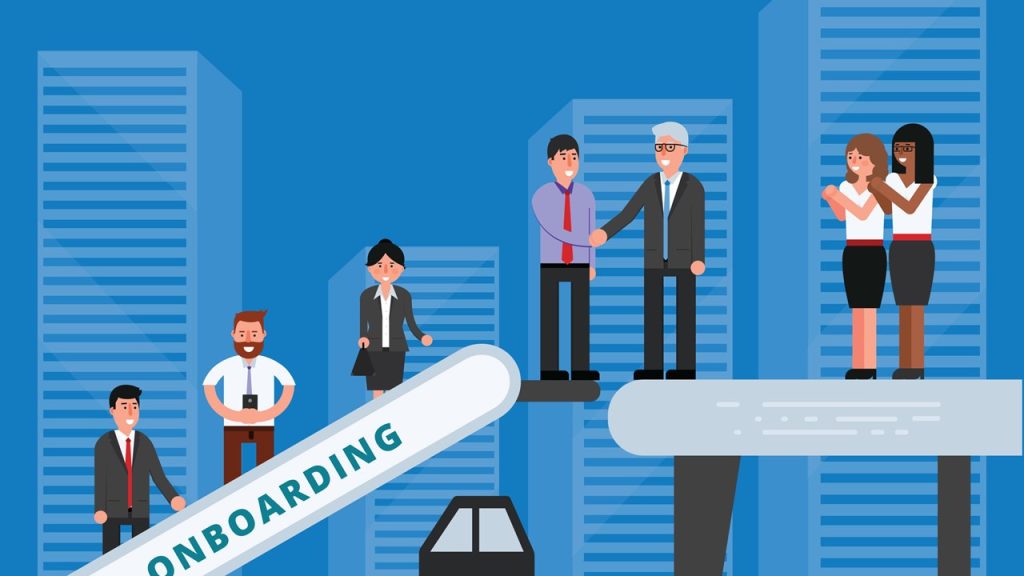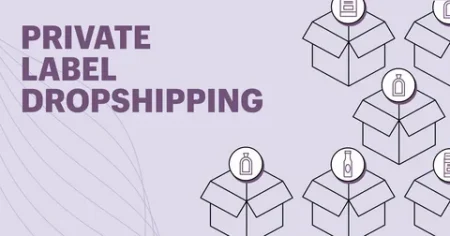Imagine this: you’ve just won a new customer. The champagne cork is popped (or at least a mental fist pump is made). But here’s the twist, signing them on isn’t the finish line. It’s the starting gun. The way you welcome, guide, and support your customer in those early days can make the difference between a lifelong fan and a “thanks, but no thanks” email.
In Australia, where word of mouth and trust carry serious weight, customer onboarding isn’t just paperwork, it’s an experience. Done right, it can feel like a warm Aussie barbecue invite rather than a clinical instruction manual. Done wrong, well… let’s just say nobody likes a confusing, drawn-out sign-up process.
So, how do you nail it? Here are our top tips for onboarding new customers smoothly, with practical advice, real-life anecdotes, and a dash of cheeky humour to keep things fresh.
Why Customer Onboarding is More Than “Ticking Boxes”
Customer onboarding is essentially that first date where you’re setting the tone for the whole relationship. Rush it, and you risk sending the wrong signals. Take the time to create a personalised, friendly, and structured experience, and you’re laying the foundation for loyalty and referrals.
Here’s the truth: people don’t remember every email you send or every contract you draft. What they remember is how you made them feel. If onboarding feels effortless, professional, and even enjoyable, you’ve already won half the battle.
Step 1: Map Out a Simple, Personalised Journey
Start by breaking down your onboarding into clear stages. Customers shouldn’t feel like they’re climbing Mount Kosciuszko with a backpack full of rocks. Instead, keep things light and structured:
- Welcome & Introductions: Send a warm, personalised message. Think less “Dear Valued Customer” and more “Hey Sarah, welcome aboard, we’re excited to help you smash your goals.”
- Orientation: Provide a simple guide, short video, or call that explains how everything works. No jargon. No fluff.
- First Win: Show them quick results. Even something small builds confidence and momentum.
- Follow-Up: Check in after a few days or weeks. Ask questions, listen carefully, and adjust where needed.
Step 2: Keep Communication Clear and Human
Nobody likes cryptic emails that read like they’ve been copy-pasted from a 2001 user manual. Speak in plain English. Australian customers especially appreciate direct, honest, and no-nonsense communication.
- Use short sentences.
- Avoid overloading them with information at once.
- Mix up your channels: emails, quick phone calls, maybe even SMS updates.
Pro tip: Use humour sparingly. A cheeky one-liner can lighten the mood, but don’t overdo it, you’re onboarding, not auditioning for a stand-up gig at the Melbourne Comedy Festival.
Step 3: Empower Customers With the Right Tools
Here’s where tech comes in. A smooth onboarding experience isn’t about drowning people in forms, it’s about making life easier for them. CRM platforms like Zoho can help you automate reminders, track progress, and personalise communication.
And here’s the kicker: while many business owners know about CRM systems, they don’t always know how to use them properly. That’s why working with Zoho experts or even investing in Zoho CRM training can turn your onboarding process from “messy and manual” to “smart and seamless.”
Think of it this way: having a powerful tool but not knowing how to use it is like buying a surfboard and never learning how to paddle.
Step 4: Make It Visual
Not everyone loves reading instructions. Some people prefer visuals. Consider adding:
- Short explainer videos
- Infographics showing the onboarding steps
- Screenshots or mock-ups if your product is digital
Visuals don’t just make the process clearer, they make it memorable. And the more memorable your onboarding is, the more likely your customers are to stick around.
Step 5: Set Clear Expectations Early
The fastest way to lose trust? Overpromise and underdeliver. Instead:
- Be upfront about timelines.
- Explain what’s included and what’s not.
- Clarify how they can get support.
Step 6: Celebrate Small Wins
Customers love progress markers. Whether it’s “You’ve completed step one!” emails or simply sending a “Congrats, you’re all set up!” message, those small celebrations make people feel good. And happy customers are more likely to recommend you to others.
I once worked with a local café chain that introduced loyalty cards during their onboarding process for catering clients. Every milestone completed meant a free coffee voucher. Guess what? Their referral rates shot up. Sometimes, a latte is all it takes.
Step 7: Don’t Ghost, Stay Present
Onboarding isn’t a one-time handshake. It’s an ongoing conversation. Stay in touch with customers during those early months:
- Send check-in messages.
- Offer quick tips and resources.
- Ask for feedback (and act on it).
When you show customers you’re listening and you care, they’re far more likely to stick around.
FAQs About Onboarding New Customers
1. How long should customer onboarding take?
It depends on your product or service. For a café loyalty program, it might be 10 minutes. For a B2B software setup, it might take weeks. The key is not to rush but to keep customers engaged at every step.
2. What’s the biggest mistake businesses make in onboarding?
Throwing too much information at the customer upfront. Think drip-feed, not firehose.
3. Can technology really help with onboarding?
Absolutely. Tools like CRM systems streamline communication and tracking. Pairing them with expert guidance, say, a session with Zoho experts, can dramatically reduce friction.
4. Should training be part of onboarding?
Yes. Even if it’s just a short tutorial or a quick demo. Training empowers customers to get value fast, which keeps them happy. For businesses using digital systems, offering something like Zoho CRM training is a perfect example.
Wrapping Up: Smooth Sailing Ahead
Onboarding new customers smoothly isn’t about fancy gimmicks. It’s about being human, clear, and supportive. From mapping a simple journey and using visuals, to empowering people with the right tools and celebrating wins, every step matters.
In the end, your goal is simple: make your customers feel like they’ve made the right choice. Because when they do, they won’t just stay, they’ll tell their friends, colleagues, and even their barista.











